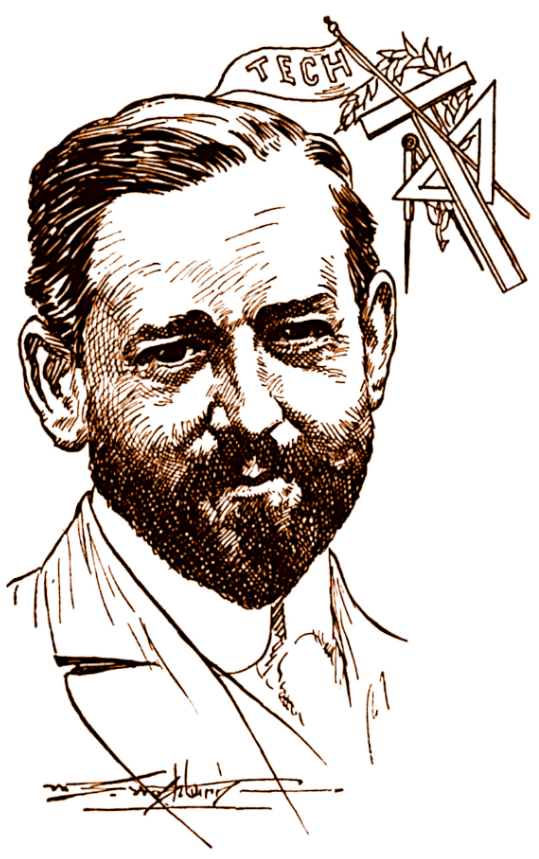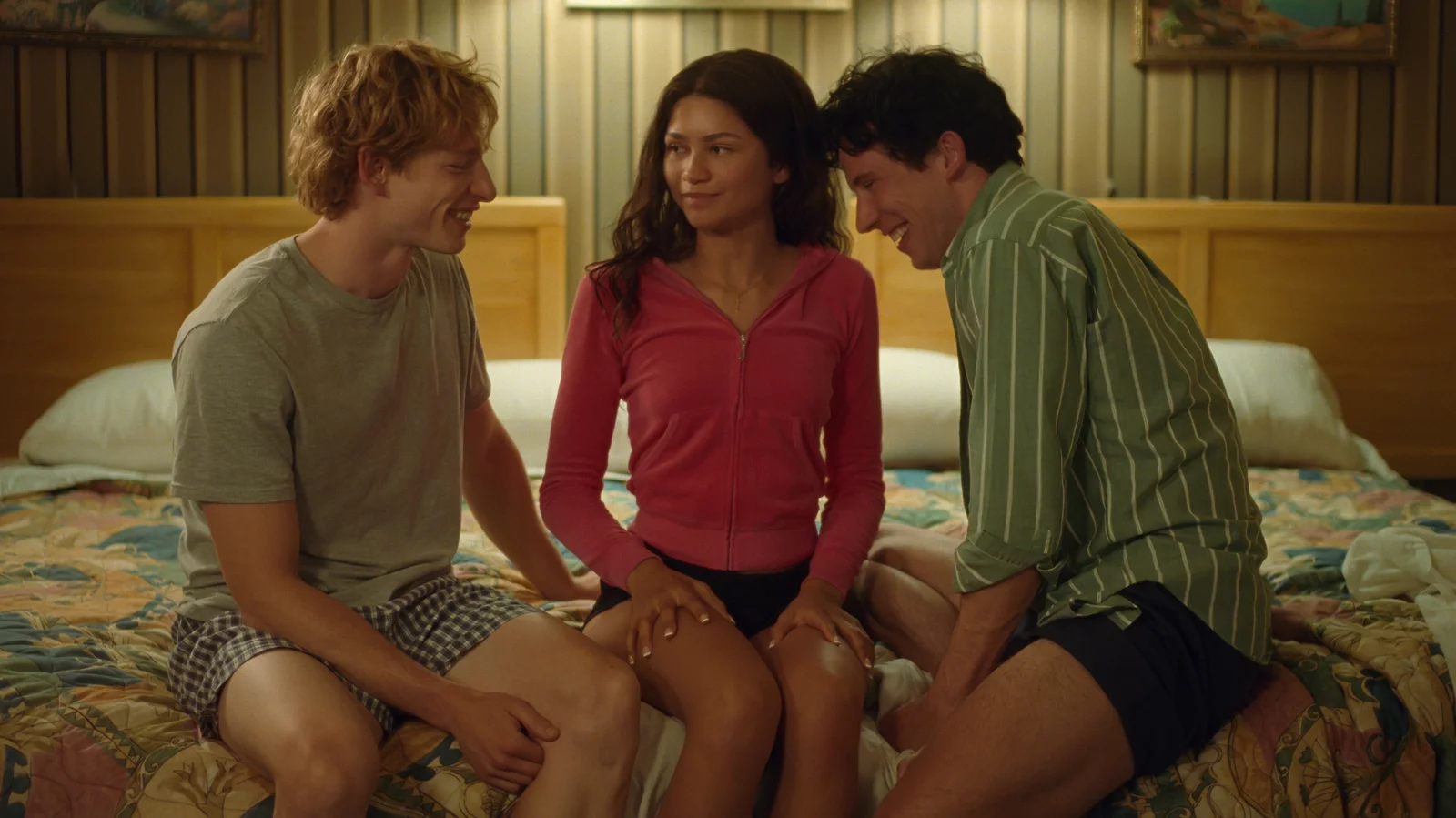I think we all need to tell people stories.
I talk a lot about stories here, and I don’t intend on stopping anytime soon. There’s so much to
talk about. I can write and write and write and not tell a fraction of the stories I want to because there are just so many.
And how on earth do I even tell them?
To most, that has an easy answer. I should just write it out and ask you to read my stories. But what if you can’t? Or what if I’m bad at it? Or what if, get this, you just don’t get words right?
Enter Orson Scott Card, Dr. Seuss, and the two ways to write books for kids.
Card has a very specific ideology. He wants to treat kids as if they’re reading on the same level as he is writing. Essentially, Card wants to trust that kids are smart and that they don’t want to be condescended to — no, baby does not want nappy, baby wants to know about his stock portfolio. Card’s method incentivizes us to write stories designed for people of all ages, and then rephrase and tell them using words a kid would understand, without removing the complexities of the stories.
This means that “Ender’s Game” can be read in literature classes nationwide even though it’s meant to be a cool book about space kids killing space bugs to be read by normal human kids killing normal non-human bugs. I hope they’re non-human, at least, unless Kafka has been going about his business again.
It’s a very interesting way of writing, and it is also incredibly flawed. All writing is — that’s the point of telling stories. Cards’ method assumes that people are all interested and desire to be spoken to like adults — even though “like adults” is mostly meaningless and arbitrary. I’ve heard fully grown people on this campus revert to talking like? six-year-olds in a heartbeat and as someone who worked in day care, I’ve seen grade schoolers who understand complex thoughts in incredible ways.
Card’s method is one-size fits all, and it could lose a lot of kids who just aren’t interested in trying to read a book that’s ostensibly one adults can also read. Card’s method creates books that are meant for kids, but with the tone and seriousness of an adult.
This brings us to the other extreme: the endless whimsy and wonder of Dr. Seuss, to be added to by his compatriots, A.A. Milne and Winnie the Pooh.
There’s something beautiful about those old stories, because they tell a very different type of tale. Dr. Seuss refuses to say something serious. In fact, he takes himself about as seriously as I take myself, which is to say, not at all, and he revels in it. One fish, two fish? Three fish? No! Red fish! What he does with words.
By the way, I only wrote this article so I could make that gag. Sorry Will 🙂
That’s the thing about the type of writing Seuss, Milne, Silverstein and the rest wrote. They’re telling you morals and fables — short little vignettes without the overtones or the seriousness of a full novel. Nobody needs to always think like an adult. Sometimes it’s important to read like a child, too.






Leave a Reply